Tag: Play Nimbus »
Make Way for Wobbles! - Nick Mudry talks Fire, Civilization, and Big Red Noses
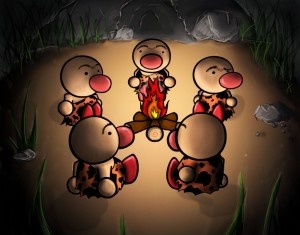
148Apps: What sort of game is Wobbles, exactly? I can see some definite similarities to Lemmings but it also looks like there's more to it than that.
Nick Mudry (NM): Wobbles is a 2D side-scrolling puzzle platformer where you guide a line of adorable creatures, called Wobbles, across a dangerous landscape. You do this by placing gadgets, such as fire, aqueducts, tunnels, etc, which the Wobbles interact with. For example, the fire lights their butts on fire and they fly into their air (think Mario 64) while the aqueduct allows them to safely land from falls in a pool of water.
Wobbles was inspired by Lemmings back when we were originally conceptualizing what game we actually wanted to make. It came up as "what if you had a ton of Lemmings running across a level and you were just throwing platforms in front of them?" That initial concept exploded into the game we have today. Minutes after we talked about that idea, we were already drawing concepts for the characters, mechanics, etc.
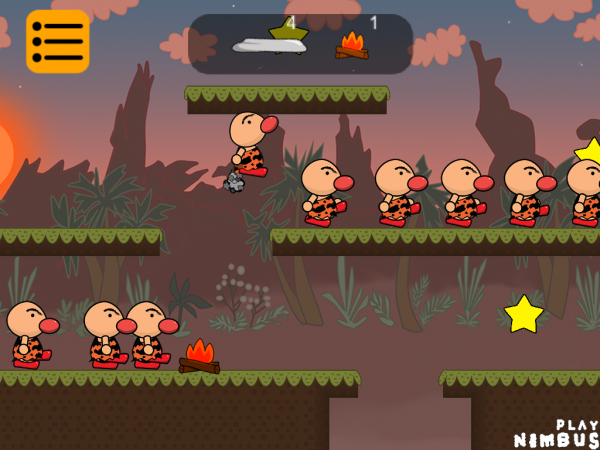
NM: We are launching Wobbles with a total of 6 eras: Cavemen, Roman, Medieval, Industrial, Modern, and Future. Each era has 10 levels, which adds up to 60 levels for the initial release. Each era has their own specific gadget, ranging from the fire all the way to one that reverses the Wobbles' gravity. We've had many ideas for different eras and gadgets that we would have liked to do for release, but they have been put aside for now. If Wobbles has a good reception, I'm sure we might work on a few new ones and release them.
148Apps: What made you all decide on the name "Wobbles?"
NM: This is an interesting story. It goes back to the night when we were initially conceptualizing the game. When we first saw the Wobbles' concept and the way it was shaped, we were wondering what to call it. We threw a few ideas out in the air, but at the end of the meeting, we decided to call them "Wobbles" for the time being. It ended up sticking and being an adorable little name for them.
148Apps: Where did the Wobbles' look come from? I think I see a little Alice the Goon in their design.
NM: A lot of the game originated at that meeting many months ago, and so did the Wobbles' look. During our brainstorming of how the game played and what we wanted it to feel like, our amazing artist, Laura, was already drawing concepts for what they should look like. When I turned around, I saw something that I could easily remember and adore and knew that would be the design we'd pick. Funny you mention Alice the Goon as part of their design. While I haven't thought of that until just now, it does have a little bit of the same style. We've noticed the Wobbles also look like a few other characters in games. I won't say exactly which ones, but just picture a Wobble with a space helmet and then think what other characters look similar.
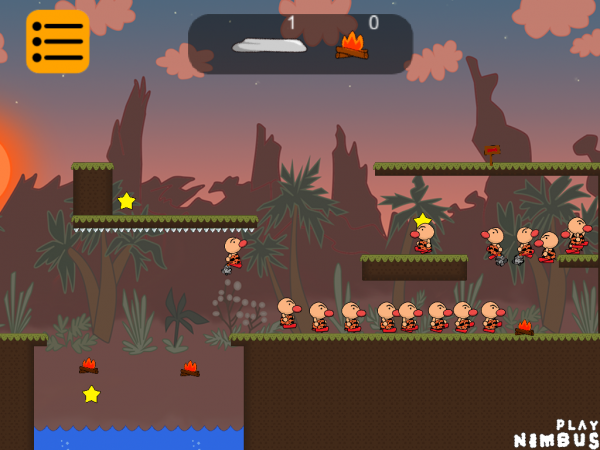
NM: Before we went into a full production cycle this summer, we spent a decent amount of time in pre-production preparing. We had many meetings discussing what we should have in the game, and what we shouldn't. This made us know exactly what we'd need to do, and didn't have to cut anything. Surprisingly, things came together pretty well and almost on time. We did cut one feature, the stone bridge, since it was a bit redundant, but we didn't miss it at all. There are things we hope to add later though. We have plenty of features in mind that we thought of during our production that we just didn't have the time to add before release.
Wobbles is expected to wander onto the App Store sometime this month, where the curious and the insidious will be able to get their hands on it for $1.99. We'd like to thank Nick for his time and wish the team over at Play Nimbus luck with their game's release!
Second Home - Xbox Live Indie Developers on the Shift to iOS
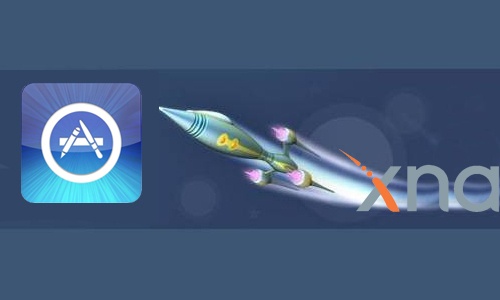
Microsoft even got in on the action when they made their Xbox Live XNA Game studio available. It wasn’t until 2008 that they brought Xbox Live Community Games (later dubbed Xbox Live Indie Games, or “XBLIG” for short) to Live users across the globe, but it created an environment full of possibilities for fledgling developers as well as people who wanted to get their games noticed. And now, five years later, a number of these developers have been making their way to the App Store. But why are they shifting their focus away from XNA development and on to iOS? We wanted to know. Luckily, Luke Schneider (Founder of Radiangames - Bombcats, Ballistic SE, Fireball SE, Gobs of Fun, Slydris, Inferno+, Super Crossfire, Super Crossfire HD), Jesse Chounard (code monkey for Third Party Ninjas - Happy Piggy!, Hypership Out of Control), Mike Oliphant (Founder of Nostatic Software - Sokoban for Beginners, Kung Fu FIGHT!, Quiet, Please!, Quiet Christmas, Ascent of Kings), Nick Mudry (Co-founder and CEO of Play Nimbus - Ball 2 Box, Wobbles), Andy Gibson (Art Director at Team Pesky - Little Acorns), and Martin Caine (Founder, lead programmer, producer, and director for Retroburn Game Studios - Accelerate, Positron) were willing to share their thoughts on the matter.
Exodus
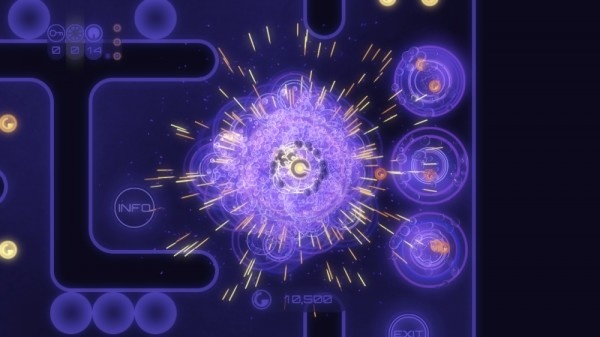

It was more a case of seeing the writing on the wall for Jesse Chounard from Third Party Ninjas. Once Windows Phone 7 came out it seemed as though Microsoft forgot all about their indie developers. "XBLIG developers actually lost access to some important features," he said. "When the phone failed to gain traction, it seemed like the blame was placed on XNA."
Nick Mudry and Play Nimbus came to a similar conclusion once the impending "death" of Microsoft’s service was announced. "We also moved away from XBLIG and to iOS because we were unable to develop with XNA for iOS," he said
In this particular case, the discovery of Unity is what ended up tipping their hand. "We stepped up and started redesigning our game's prototype," said Mudry, "and it was done 10 times quicker compared to XBLIG/XNA."

A smart idea that has the potential for a lot more exposure, although it also means more work to create all those ports, though he admits that more platforms ultimately means more users.
Martin Caine of Retroburn Game Studios was initially drawn to XNA because of the development tools and allure of the Xbox 360 hardware support, but it didn't seem like he would get a whole lot of publicity on the platform. "I had heard of the limited exposure and low download figures," he said. "I'm now just focusing on getting one game released but plan to release it across many platforms including iOS and XBLIG."
Andy Gibson and Team Pesky actually did things the other way around when they prototyped Little Acorns on XNA, then ended up developing it for iOS once the basic framework was in place. After a few iterations the team brought the squirrel-themed platformer back to Xbox Live.
"Personally, I was really pleased to get Little Acorns out on XBLIG," Gibson said. "The game feels great, has a good level of polish and an added split-screen co-op mode to celebrate Mr. Nibbles making it home."





